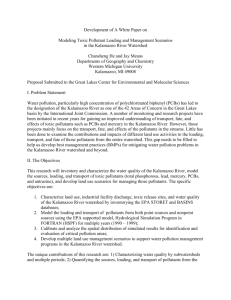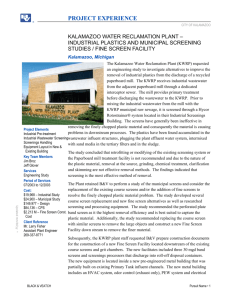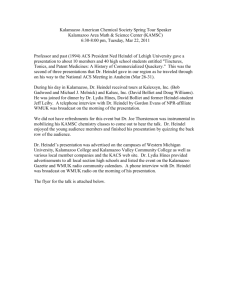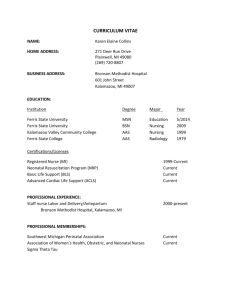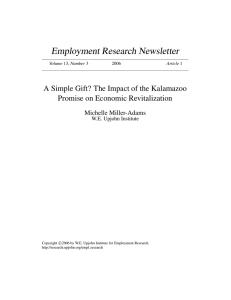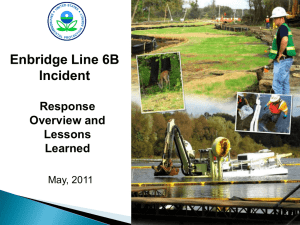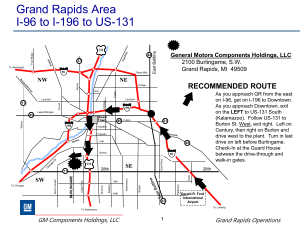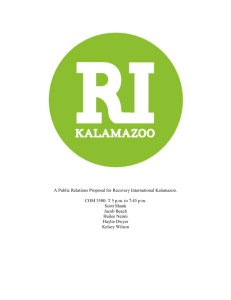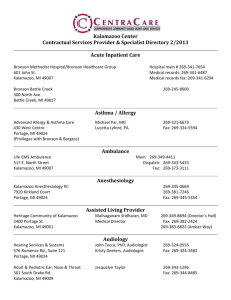Kalamazoo Delivers on Its Promise
advertisement
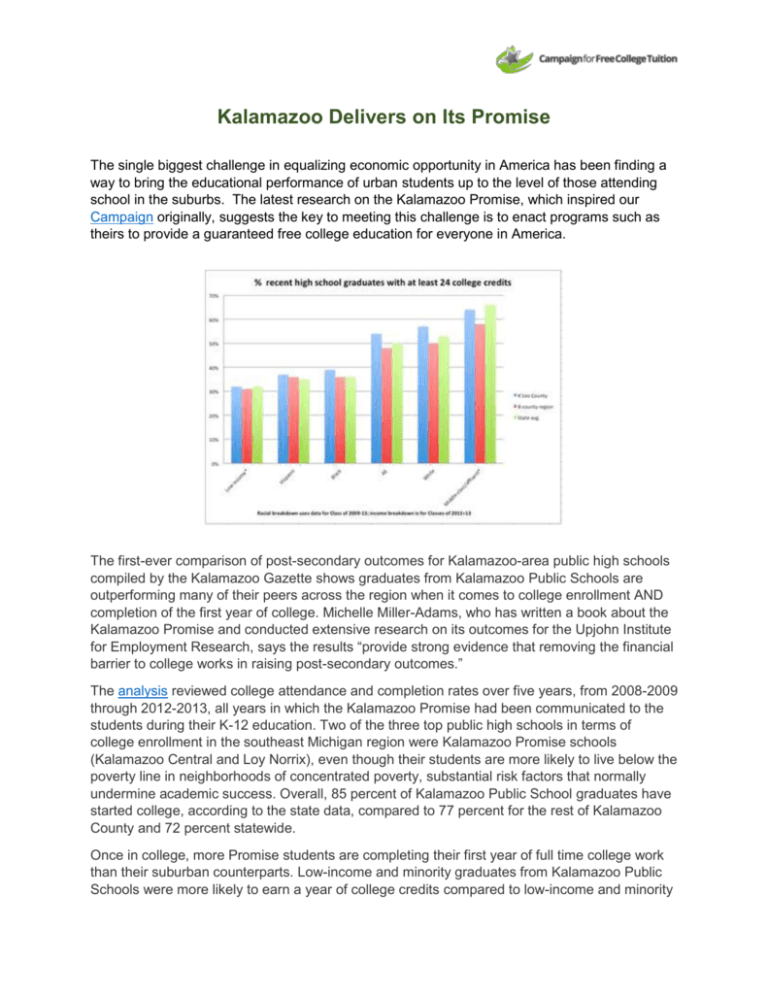
Kalamazoo Delivers on Its Promise The single biggest challenge in equalizing economic opportunity in America has been finding a way to bring the educational performance of urban students up to the level of those attending school in the suburbs. The latest research on the Kalamazoo Promise, which inspired our Campaign originally, suggests the key to meeting this challenge is to enact programs such as theirs to provide a guaranteed free college education for everyone in America. The first-ever comparison of post-secondary outcomes for Kalamazoo-area public high schools compiled by the Kalamazoo Gazette shows graduates from Kalamazoo Public Schools are outperforming many of their peers across the region when it comes to college enrollment AND completion of the first year of college. Michelle Miller-Adams, who has written a book about the Kalamazoo Promise and conducted extensive research on its outcomes for the Upjohn Institute for Employment Research, says the results “provide strong evidence that removing the financial barrier to college works in raising post-secondary outcomes.” The analysis reviewed college attendance and completion rates over five years, from 2008-2009 through 2012-2013, all years in which the Kalamazoo Promise had been communicated to the students during their K-12 education. Two of the three top public high schools in terms of college enrollment in the southeast Michigan region were Kalamazoo Promise schools (Kalamazoo Central and Loy Norrix), even though their students are more likely to live below the poverty line in neighborhoods of concentrated poverty, substantial risk factors that normally undermine academic success. Overall, 85 percent of Kalamazoo Public School graduates have started college, according to the state data, compared to 77 percent for the rest of Kalamazoo County and 72 percent statewide. Once in college, more Promise students are completing their first year of full time college work than their suburban counterparts. Low-income and minority graduates from Kalamazoo Public Schools were more likely to earn a year of college credits compared to low-income and minority high school graduates elsewhere in the region. White graduates from Kalamazoo Central High School also outperformed white students from other high schools in the region. Even though only about a quarter of middle class students in Kalamazoo Public Schools are either white or Asian-American, the two groups with traditionally the strongest educational results, Kalamazoo Public School students from families classified as middle class outperformed their suburban counterparts in terms of college completion. The superintendent of Kalamazoo Public Schools, Michael Price pointed out that "If you look at our socio-demographic peers, we're in a wholly difference place.” Price attributed the difference in results to the Kalamazoo Promise. “There's no question it has made the difference. It has helped change the conversations with children, with parents, with the community. It's been invaluable." Upjohn researcher, Michelle Miller-Adams said the latest results show that while "There are multiple barriers to higher education and finances is only one, it turns out to be an important one. If you take that barrier down, you've got a lot more kids going to college."


